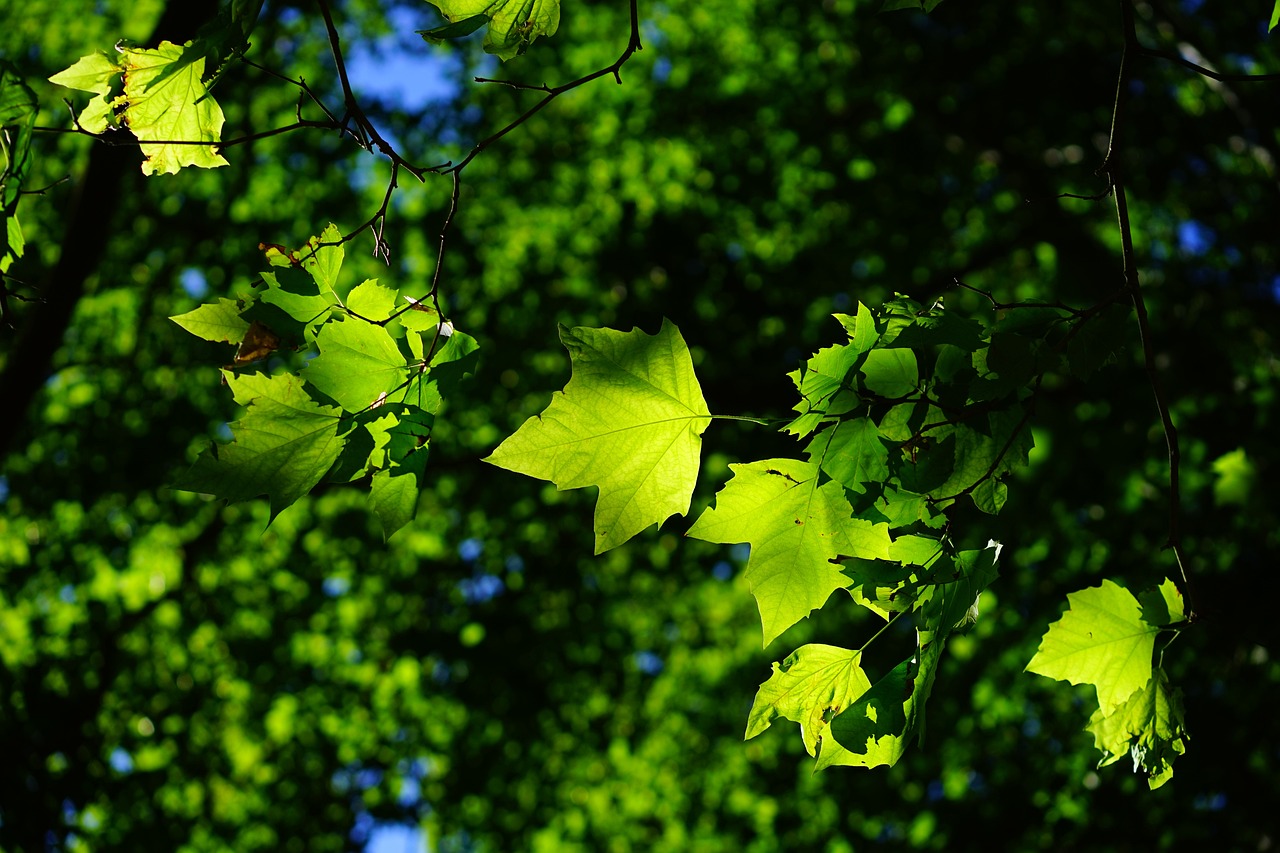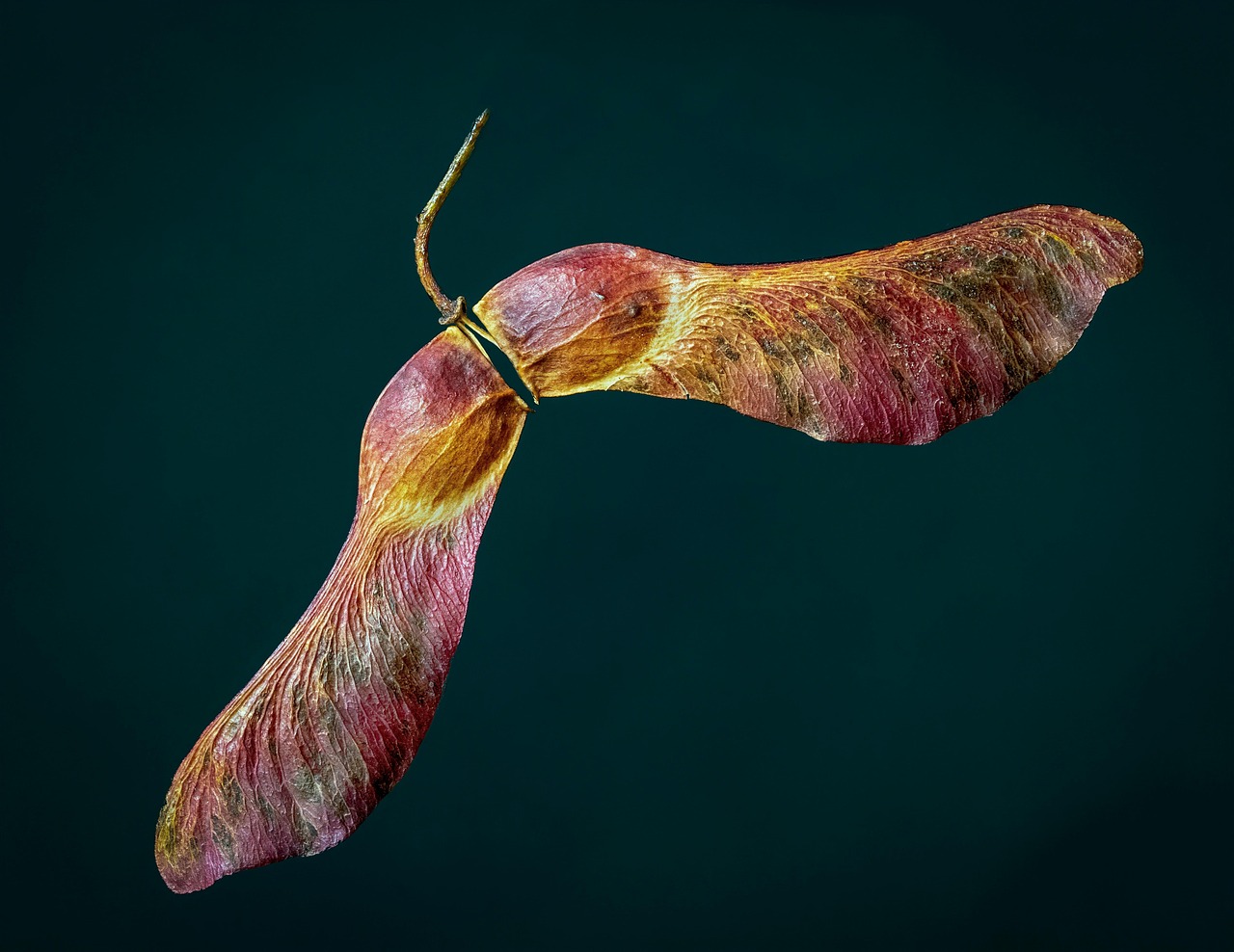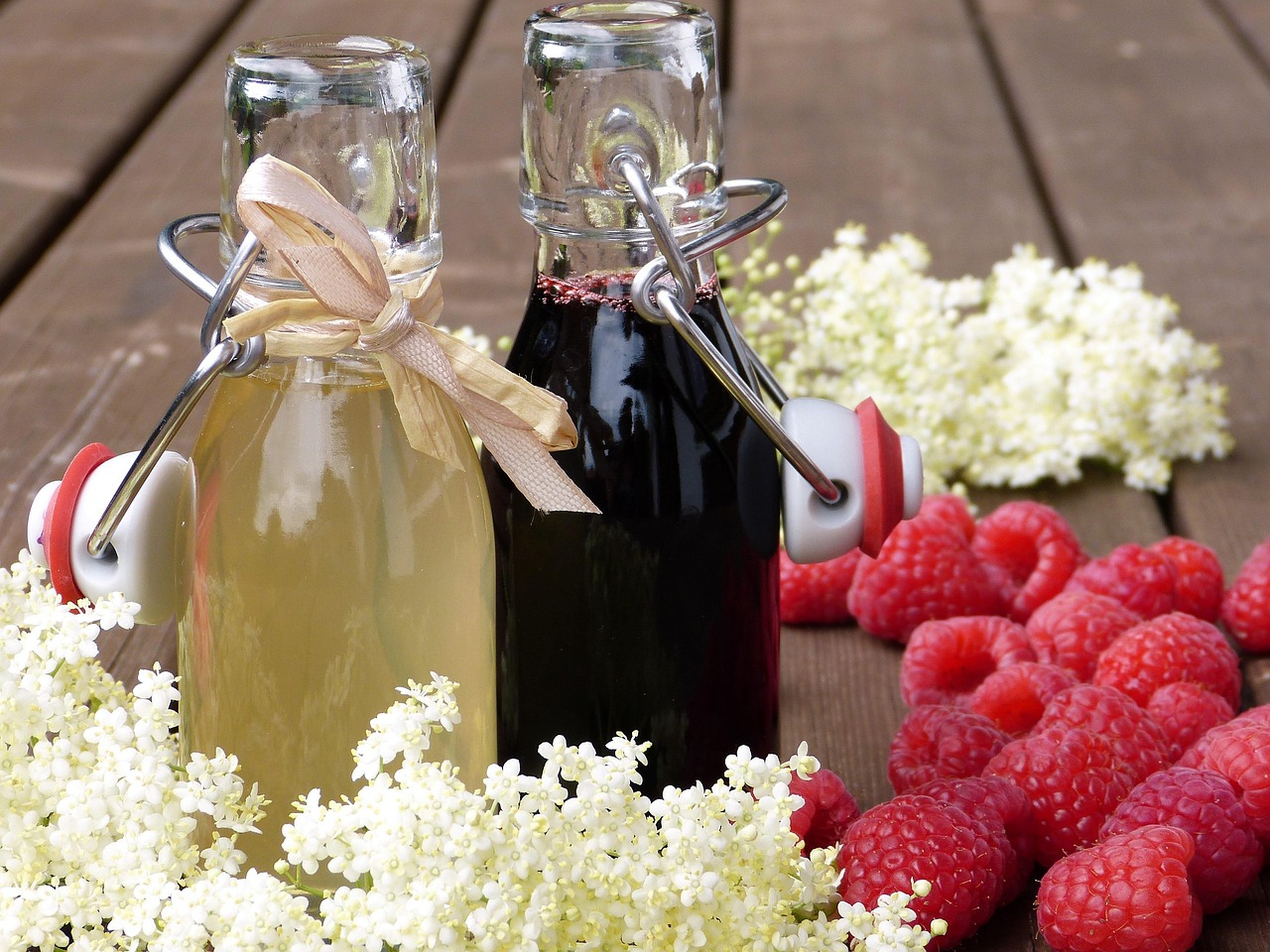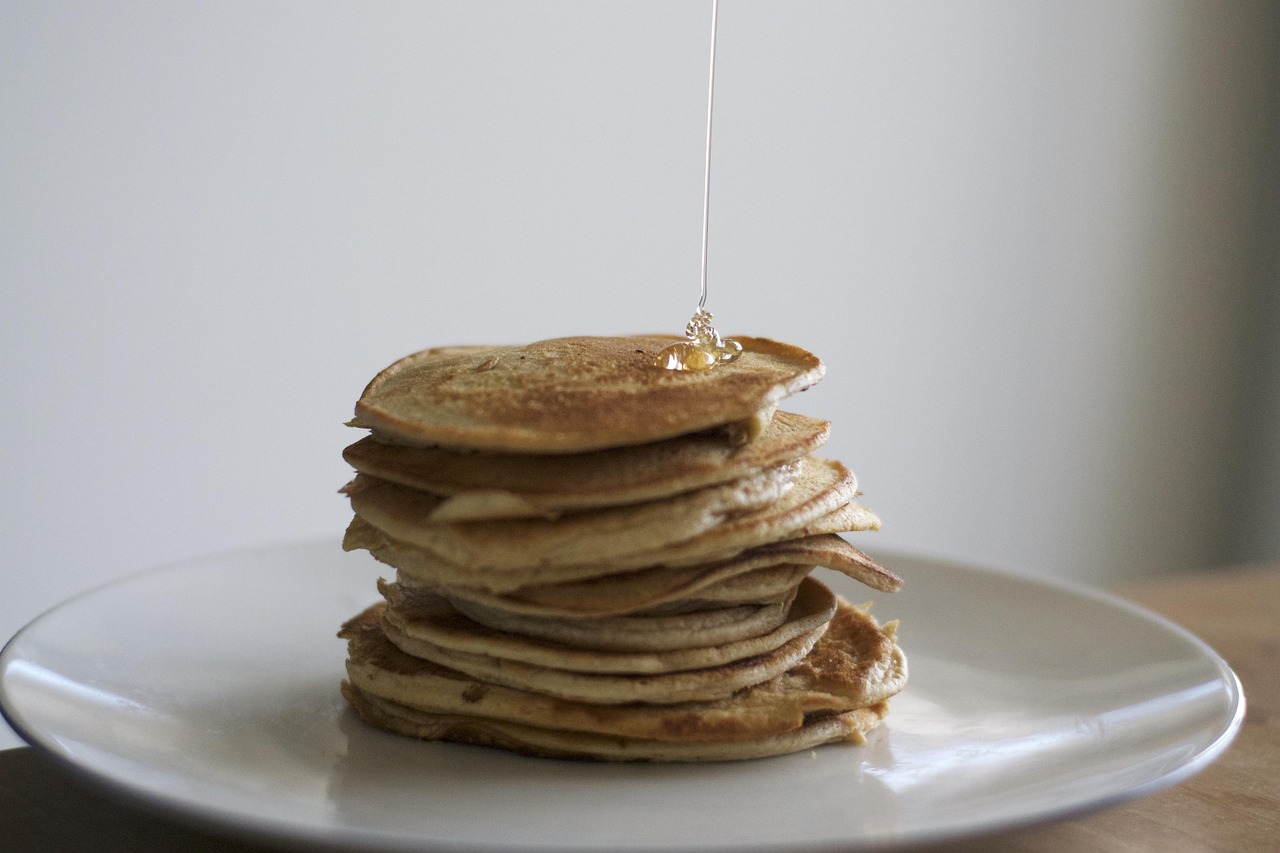Homemade sycamore syrup is a delightful, sweet treat made from the sap of sycamore trees. Foraging for this sap is a rewarding experience. It involves tapping the trees in early spring and boiling the collected sap down to create a thick syrup, perfect for pancakes, waffles, or as a natural sweetener.
Sycamore trees, particularly the American sycamore (Platanus occidentalis), are widespread across the United States. These trees are easily identifiable by their distinctive bark and large, lobed leaves. The sap they produce can be harvested in spring when the temperatures begin to rise and the trees start to flow sap. This process is similar to maple syrup production but offers a unique flavor profile that is different from traditional syrups.
Harvesting sycamore sap is not only an enjoyable activity but also connects you with nature. It provides an opportunity to learn about the ecosystem while producing a delicious homemade product. The syrup can be used in numerous ways, such as drizzling over breakfast foods or incorporating it into various recipes.
Understanding Sycamore Trees

Before embarking on your foraging journey, it’s essential to familiarize yourself with sycamore trees. Here are some key characteristics:
| Characteristic | Description |
|---|---|
| Height | Up to 100 feet tall |
| Bark | Mottled, peeling in patches |
| Leaves | Large, broad, lobed leaves |
| Flowers | Small, ball-shaped clusters |
| Sap Flow Period | Early spring |
Knowing these traits will help you identify sycamore trees accurately. They thrive in moist soils, often found along riverbanks or in lowland areas. When looking for sycamores, pay attention to their large size and distinctive bark pattern, which can be a mix of green, brown, and white hues.
Once you’ve identified suitable trees, you can begin the process of tapping them for sap. It’s best to do this during the late winter or early spring when nighttime temperatures drop below freezing, and daytime temperatures rise above freezing. This temperature fluctuation encourages sap flow.
Foraging for Sycamore Sap
The process of foraging for sycamore sap is straightforward but requires some preparation and tools. Here is a simple guide to help you get started:
- Select a healthy sycamore tree that is at least 10 inches in diameter.
- Gather your tools, including a drill with a drill bit (7/16 inch), a collection container (like a bucket), and a spile (a small tap).
- Drill a hole about two inches deep into the tree trunk at a slight upward angle.
- Insert the spile into the hole and attach your collection container underneath it.
- Check your container daily and collect the sap regularly.
This process allows the sap to flow freely into your collection container. You can expect to gather about ten gallons of sap to produce one quart of syrup. Therefore, patience and persistence are key as you embark on this rewarding foraging adventure.
Processing Sycamore Sap into Syrup
Once you have successfully collected sycamore sap, the next step is transforming it into syrup. This process involves boiling the sap to evaporate water and concentrate the sugars. The resulting syrup is a deliciously sweet treat that can be used in various culinary applications.
Equipment Needed
To process sycamore sap, you will need some specific equipment. Here are the essential items:
- Large pot or evaporator: A wide, shallow pot is ideal for boiling sap quickly. If you have an evaporator, it will speed up the process.
- Heat source: You can use a stovetop, outdoor burner, or even a campfire. Make sure the heat source is sufficient to maintain a rolling boil.
- Thermometer: A candy or digital thermometer helps monitor the syrup’s temperature, ensuring it reaches the right consistency.
- Fine mesh strainer or cheesecloth: This is used to filter out any impurities from the sap during boiling.
- Bottles or jars: You will need clean, sterilized containers to store your finished syrup.
The Boiling Process
The boiling process for turning sap into syrup typically involves the following steps:
- Filter the sap: Before boiling, strain the sap through a fine mesh strainer or cheesecloth to remove debris and impurities.
- Fill your pot: Pour the filtered sap into the large pot. Make sure not to fill it to the brim, as the sap will foam as it boils.
- Heat the sap: Bring the sap to a vigorous boil over high heat. You will need to keep a close eye on it to prevent overflow.
- Monitor the temperature: Use a thermometer to check the temperature of the boiling sap. Syrup is ready when it reaches 219°F (104°C) at sea level. Adjust for altitude if necessary.
- Reduce to syrup: As the sap thickens and reduces in volume, you may need to lower the heat slightly to avoid burning.
- Test for consistency: To ensure you have reached the right syrup consistency, use the spoon test. Dip a spoon into the syrup; it should coat the back of the spoon and hold its shape.
- Cool and store: Once ready, remove the syrup from heat and let it cool slightly before transferring it to sterilized bottles or jars.
Flavor Profile of Sycamore Syrup
The flavor of sycamore syrup is distinct and different from more common syrups like maple. It has a mild, sweet taste with subtle earthy undertones. Some people describe it as having hints of caramel and vanilla, making it a unique addition to your pantry.
This syrup can enhance various dishes and beverages, such as:
- Pancakes and waffles
- Coffee and tea
- Baked goods like muffins and cakes
- Glazes for meats or vegetables
- Homemade granola or yogurt toppings
The versatility of sycamore syrup allows you to experiment in the kitchen. It can serve as a healthier alternative to refined sugars and artificial sweeteners. Its distinct flavor can elevate many recipes, providing a natural sweetness that complements various ingredients.
Storage Tips for Sycamore Syrup
Proper storage is crucial to maintaining the quality of your homemade sycamore syrup. Here are some tips to ensure your syrup stays fresh:

- Cool before storing: Make sure the syrup is cooled completely before sealing it in containers.
- Refrigerate: Store opened containers in the refrigerator. The syrup can last for about six months when refrigerated.
- Freeze for long-term storage: If you want to store syrup for longer periods, consider freezing it in airtight containers. This method can extend its shelf life for up to a year.
- Check for spoilage: Always check for signs of spoilage before using syrup that has been stored for an extended period. Look for any off smells or discoloration.
By following these storage tips, you can enjoy your homemade sycamore syrup at its best, enhancing your meals and treats throughout the year.
Creative Uses for Sycamore Syrup
Homemade sycamore syrup is not only a delightful treat but also a versatile ingredient in various culinary creations. Its unique flavor can enhance many dishes, making it a valuable addition to your kitchen. Here are some creative uses for sycamore syrup that you can explore.
Baking with Sycamore Syrup
Sycamore syrup can be used as a natural sweetener in baking, offering a distinct taste profile. Here are a few ideas:
- Muffins: Replace some or all of the sugar in your muffin recipes with sycamore syrup for added moisture and flavor.
- Cakes: Use sycamore syrup in place of granulated sugar to create a moist cake with a unique sweetness.
- Cookies: Incorporate sycamore syrup in cookie dough for a chewy texture and rich flavor.
When using sycamore syrup in baking, remember that it is liquid. You may need to reduce other liquids in the recipe slightly to maintain the correct consistency.
Sweetening Beverages
Sycamore syrup makes an excellent sweetener for various beverages. Here are some ideas to consider:
- Coffee and tea: Add a splash of sycamore syrup to your morning coffee or afternoon tea for a touch of sweetness.
- Smoothies: Blend sycamore syrup into your favorite smoothie recipes for added flavor and sweetness.
- Cocktails: Use sycamore syrup as a sweetener in cocktails, adding a unique twist to classic drinks.
This syrup’s mild flavor pairs beautifully with both hot and cold beverages, making it a versatile choice for sweetening.
Cooking with Sycamore Syrup
In addition to baking and beverages, sycamore syrup can enhance savory dishes. Here are some cooking ideas:
- Glazes: Create a delicious glaze for meats such as chicken or pork by combining sycamore syrup with soy sauce or mustard.
- Dressings: Whisk sycamore syrup into vinaigrettes for salads, adding depth to your dressings.
- Vegetable Roasting: Drizzle sycamore syrup over roasted vegetables like carrots or Brussels sprouts to enhance their natural sweetness.
The ability to balance flavors makes sycamore syrup an excellent ingredient for both sweet and savory dishes.
Health Benefits of Sycamore Syrup

Using homemade sycamore syrup can provide certain health benefits compared to refined sugars. While it is still a sweetener, it contains some nutrients and properties that may contribute positively to your diet:
- Natural Sweetener: Sycamore syrup is less processed than refined sugars, potentially making it a healthier option.
- Nutrients: It contains traces of vitamins and minerals, including calcium and potassium, that could be beneficial in small amounts.
- Lower Glycemic Index: Some studies suggest that natural syrups may have a lower glycemic index than refined sugars, which means they may not spike blood sugar levels as dramatically.
While these benefits exist, it is still important to consume sycamore syrup in moderation. Like any sweetener, it should be part of a balanced diet.
Tips for Foraging and Syrup Making
If you decide to embark on the adventure of making your own sycamore syrup, here are some additional tips for success:
- Timing is Key: Tap the trees when the sap begins to flow, typically late winter to early spring, when temperatures fluctuate between freezing at night and warmer during the day.
- Choose Healthy Trees: Ensure you are tapping healthy trees. Avoid trees with damage or signs of disease.
- Use Clean Equipment: Always use clean tools when tapping trees and processing sap to prevent contamination.
- Be Patient: The boiling process can take time. Be prepared to spend several hours boiling down sap to achieve a thick syrup.
By following these tips, you can enhance your foraging experience and enjoy the fruits of your labor with delicious homemade sycamore syrup.
Exploring the Environmental Impact

Foraging for sycamore sap and making syrup not only provides a delicious product but also offers an opportunity to connect with nature. Understanding the environmental aspects of this practice can deepen your appreciation for what you are doing. Here are some points to consider:
- Sustainable Practices: Tapping sycamore trees can be done sustainably if proper practices are followed. Avoid over-tapping a single tree to ensure its health and longevity.
- Tree Health: Regularly monitoring the health of the trees you tap is essential. If trees show signs of stress or decline, it may be time to let them recover.
- Ecosystem Awareness: Foraging encourages awareness of local ecosystems. Understanding which trees thrive in your area and how they interact with wildlife can enrich your experience.
- Education: Engaging in foraging activities provides an excellent opportunity to educate others about natural resources and the importance of preserving our environment.
By adopting environmentally conscious practices, you can enjoy the benefits of sycamore syrup while contributing positively to the ecosystem.
Experimenting with Flavors
One of the joys of making homemade sycamore syrup is the ability to experiment with flavors. You can infuse your syrup with various ingredients to create unique taste profiles. Here are some ideas for flavor combinations:
- Herbal Infusions: Consider adding fresh herbs like rosemary or thyme during the boiling process for a fragrant syrup.
- Citrus Zest: Infusing the syrup with lemon or orange zest can create a refreshing twist that brightens up your recipes.
- Spices: Adding spices like cinnamon, ginger, or vanilla beans can enhance the syrup’s flavor, making it perfect for baking or beverages.
- Bourbon or Rum: For a more adult-oriented syrup, consider adding a splash of bourbon or rum during the final stages of cooking.
These flavor experiments can lead to delightful discoveries, allowing you to personalize your syrup and impress friends and family with your culinary creativity.
Final Thoughts
Homemade sycamore syrup is a unique and rewarding creation that connects foraging, cooking, and sustainability. The process of tapping sycamore trees for their sap and transforming it into syrup allows for a deep appreciation of nature’s offerings. With minimal equipment and a bit of patience, anyone can embark on this delightful journey.
The versatility of sycamore syrup makes it a valuable addition to any kitchen. From sweetening beverages to enhancing baked goods and savory dishes, its distinct flavor profile offers endless culinary possibilities. Moreover, by practicing sustainable foraging methods, you can ensure that both the trees and their ecosystems remain healthy for future generations.
Whether you are a seasoned forager or a curious beginner, making homemade sycamore syrup is an adventure worth pursuing. So gather your tools, head out into nature, and enjoy this sweet connection to the environment!
